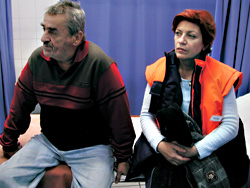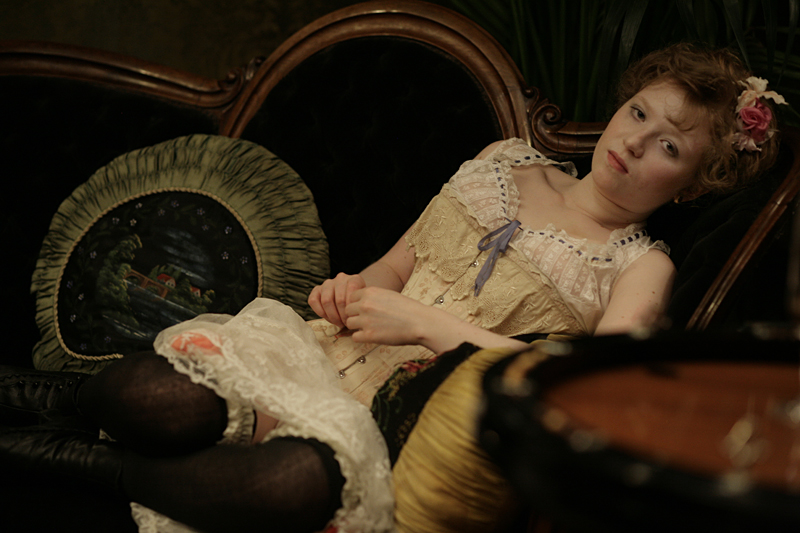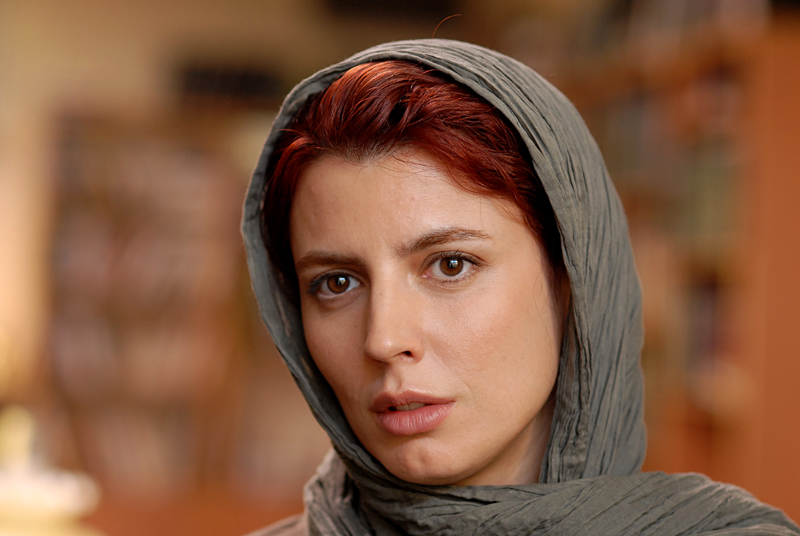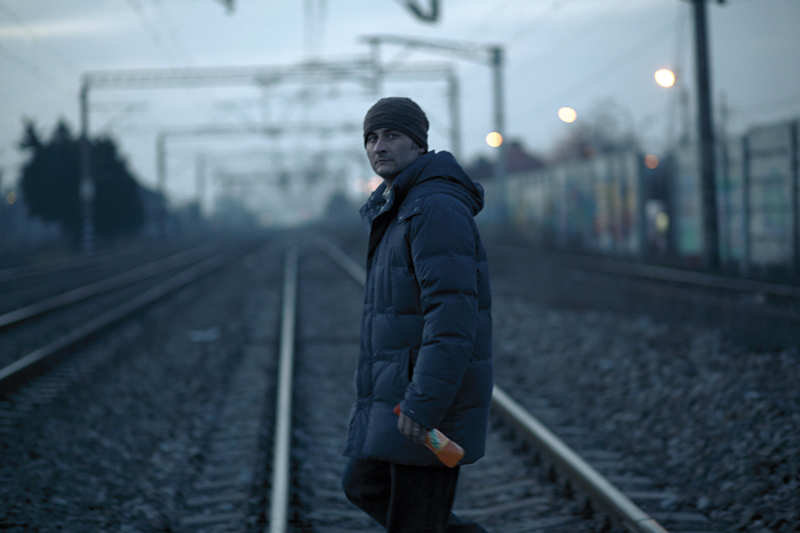If there’s a tougher sell than a Romanian movie by a hitherto unknown director, it’s a Romanian movie by an unknown director that takes two and a half hours to tell the tale of a 62-year-old pensioner’s final trip to the hospital. Does it help to add that Lazarescu was the great discovery of the 2005 Cannes Film Festival and one of 2006’s most remarkable films?
The second feature by 39-year-old ex-painter Cristi Puiu is an ode to mortality, albeit not without a certain grim humor. (Call it deadpan.) Dante Lazarescu (Ion Fiscuteanu), a retired engineer, living alone with his cats and the bottle, wakes with an unfamiliar headache and a bad stomach, and, after a day of futile self-medication, calls the local equivalent of 911. Time passes; the sound of the TV news mixes with the reverberating boom box upstairs. His neighbors are not uninterested in the old man’s case, but totally self-absorbed. When he vomits a bit of blood, he’s offered a plate of homemade moussaka.
After 45 minutes (film time), the ambulance arrives, and from the limbo of his squalid flat, our Dante enters the first circle of hell. For the remainder of the movie, he will be transported from hospital to hospital, to be variously diagnosed, ignored, browbeaten, humiliated, and finally processed by a harried succession of brilliantly acted doctors and nurses. It’s a running joke that everyone immediately assumes the patient is simply drunk.
Lazarescu is highly scripted but shot like a documentary. As filmmaking, it’s a tour de force, with the camera in near continual motion. (Puiu claims his inspiration was ER. Of course, ER manages to successfully resolve three or four cases each week, and The Death of Mr. Lazarescu, well. . . . ) The movie’s staged hyper-reality also offers a stunning dialectic between drama and artifice, even as it oscillates between naturalism and allegory. The endlessly patient paramedic (Luminita Gheorghiu) who initially fetched Lazarescu from his flat is obliged to wait with him in various emergency rooms and then escort her charge to additional hospitals until he is finally admitted. She becomes Lazarescu’s surrogate in that the hospital workers tend to see his case as her problem.
The film is nothing if not visceral. All the talk about smells make one grateful that the its verisimilitude doesn’t extend to aromarama. We are spared the issue of pain as well—at least Lazarescu isn’t complaining about it. In the most profound sense, his death is our spectacle. Life is for the living; however large the crowd or busy the ward, the dead and the dying are on their own.








